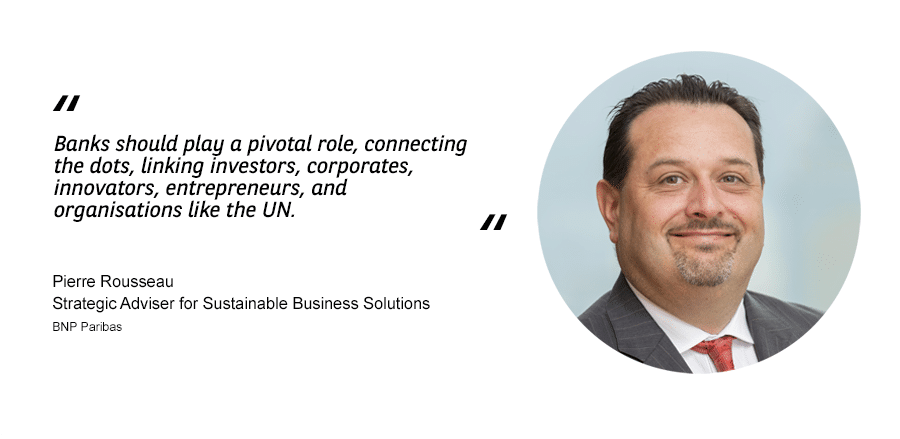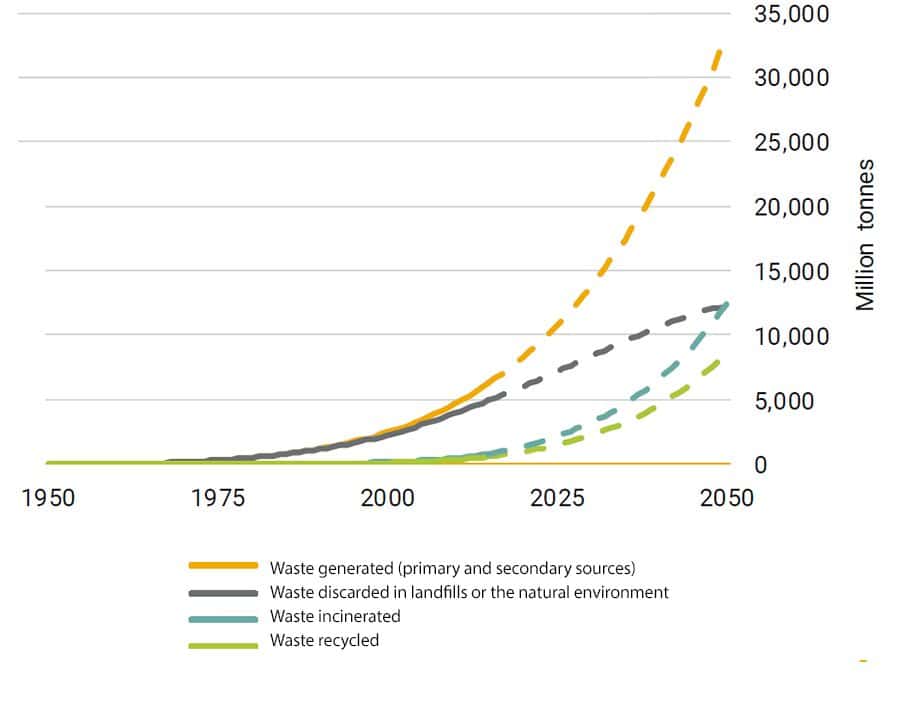What makes the ocean important? Why is
it under stress like never before? And what can we do about it?
The ocean makes up over 70% of Earth’s
surface, yet faces multiple threats – not least from climate crisis,
acidification, overfishing and plastic waste, to name but four. For it to
continue to thrive, it will require not only protection, but also innovation
and investment: a sustainable ocean is therefore also an enormous business
opportunity.
The challenges and the opportunities
of the ocean were the focus of BlueInvest Day 2020, an event hosted by the European
Commission in Brussels in February with more than 500 business leaders,
investors, and government and financing professionals in attendance.
How to move it: the $3 trillion needle
The “Blue Economy” will be worth $3 trillion a year by 2030, according to the Organisation for Economic Cooperation and Development (OECD). Comprising fisheries, marine transport and waste management, amongst others, it ranks as the seventh largest sector in the world by output.As well as being a major source of food, the ocean also produces over half the oxygen we breathe. “It fills our lungs, it fills our stomachs and it fills our wallets,” as the World Economic Forum’s Max Hall puts it. It is a vital natural resource.
Kicking off with a joint announcement of a €75 million Blue Economy Fund pilot with the European Investment Bank (EIB), Virginijus Sinkevičius, the European Commissioner for Environment, Ocean and Fisheries outlined what he thought were the opportunities ahead.
“Oceans are the first in line to be hit by climate change,” he explained. “But they also hold many solutions to tackle the climate emergency in every single marine industry – from fisheries and aquaculture, to offshore wind, wave and tidal energy, blue biotechnology and many other innovation-related fields.”

How to invest it: the role of investors, start-ups and banks
A keynote speech from BNP Paribas’ Pierre Rousseau, Strategic Adviser for Sustainable Business Solutions, put the spotlight on the role banks could play, notably in structuring and embedding financing mechanisms into conventional banking products. Implemented well, they could be vital for the creation of the right incentives to achieve outcomes aligned with the United Nations Sustainable Development Goals (UN SDGs).“Banks should play a pivotal role, connecting the dots, linking investors, corporates, innovators, entrepreneurs, and organisations like the UN,” explained Pierre. “It is a new way of looking at a bank’s role in the global economy, including the Blue Economy.”
With the remainder of the event focused on pitches from start-ups to investors, it has also become evident that new technologies, systems and products will play a crucial role in both protecting the ocean and in meeting the UN SDGs – including low carbon energy production, energy efficiency and safe and efficient food production.
|
How to spot it: the opportunity Innovators and start-ups were out in force at BlueInvest – with two of the most exciting opportunities presented focusing on renewable energy and aquaculture. 1. Wave energy: producing clean energy from the ocean |

